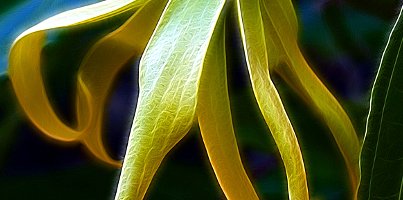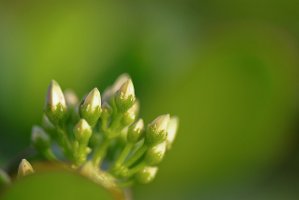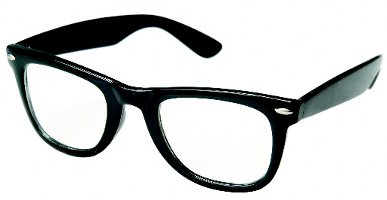
Like many others who share my hobby, I believe, I was wary of florals when I started my perfume education. I was willing to countenance many a gourmand or woody amber barbarity, but I avoided flowers — and especially white flowers. I was going through a phase of sampling niche series perfumes — the Comme des Garçons incense fragrances, the Bois line of Serge Lutens — and I regarded white flowers as unsuitable material for such elaboration. Comme des Garçons White, purporting to be a more floral alternative to their original Eau de Parfum, instead smelled quite properly of sour spices and wood, and I viewed Lutens’ Un Lys and Tubéreuse Criminelle as singular and humorous experiments, fascinating to sniff on a blotter, I thought, but created with a kind of magisterial, Gallic indifference towards anybody wearing them. As a smell, white floral notes were heady, insistent and complex: in a word, “perfumey”. In perfume, didn’t that make them too, well… obvious?
But I couldn’t help noticing I was drawn to ylang-ylang. I had dried blotters all over my place at that time, and still do: I use them as bookmarks, clothing or car fresheners and post-its. Though I was doggedly wearing my modern roots and resins, my incense and tea scents, I was forced to admit that I stood transfixed when a lush tropical cloud of ylang breathed up out of my reference books, purse or underwear drawer. There were so many facets to the smell…



